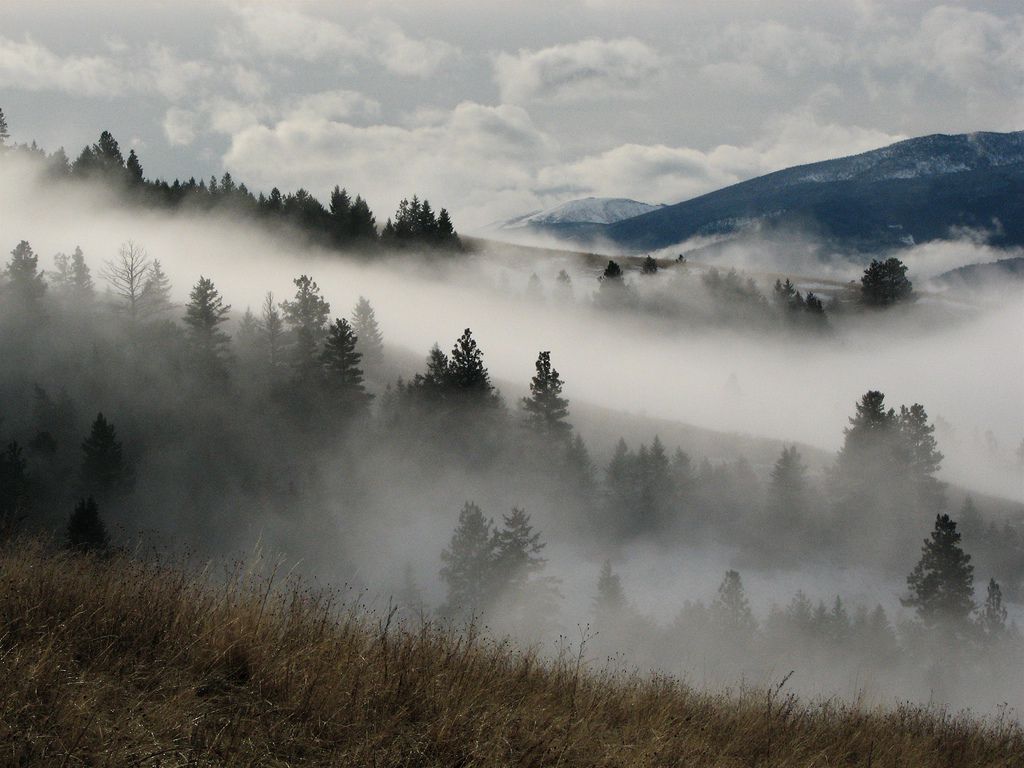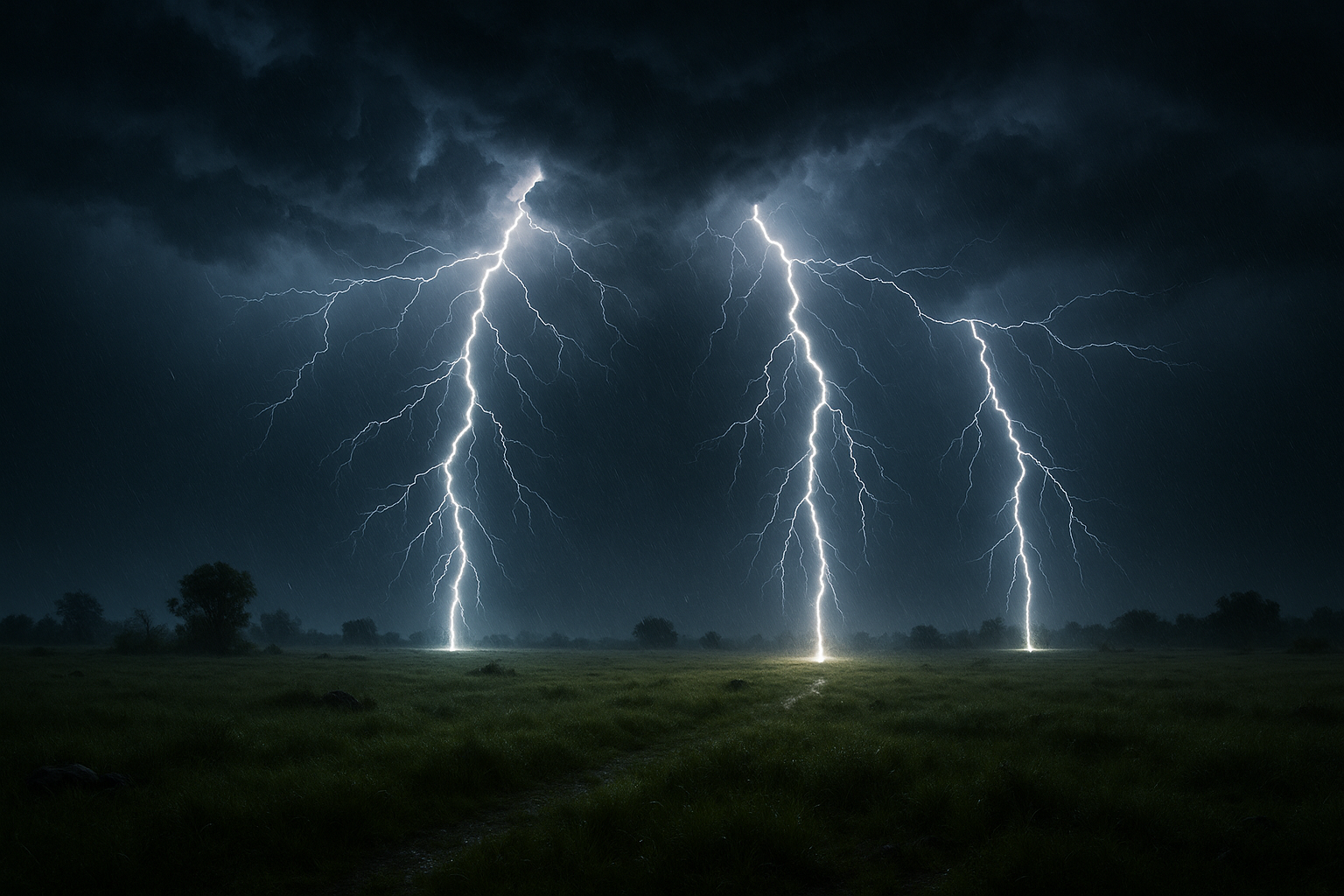In the vast theater of the sky, a daily spectacle unfolds that often goes unnoticed, yet holds an enchanting allure for those who take a moment to pause and observe. As the sun casts its golden hue across the horizon, clouds take center stage, performing a mesmerizing dance that has captivated humans for centuries. This ethereal ballet, featuring billowing cumulus, wispy cirrus, and the formidable nimbostratus, offers more than just a visual feast; it provides insights into the complex mechanics of our planet’s atmosphere and invites us to explore the symbiotic relationship between earth and sky. 🌥️
Imagine gazing upward on a breezy afternoon, the world around you a blur as your focus locks onto the slow, deliberate movement of clouds. Each puff, swirl, and streak tells a story of transformation, of water droplets and ice crystals suspended in a delicate balance with gravity and wind. These floating giants not only paint a picture of tranquility but also serve as a dynamic canvas, reflecting the moods of the earth below. As we embark on this journey to unveil the magic of clouds in motion, we will explore the science behind their formation, the cultural significance they hold, and the technological advances that allow us to study them like never before.
Our voyage begins with a scientific deep dive into the atmospheric processes that give birth to clouds. We will uncover how varying temperatures, humidity levels, and wind patterns collaborate to create these aerial wonders. From the towering thunderheads that signal impending storms to the delicate cirrus strands that whisper of fair weather, each type of cloud has a unique formation story waiting to be told. We’ll also examine the role of clouds in the Earth’s climate system, acting as both reflectors of sunlight and insulators of heat, thus playing a crucial role in the planet’s energy balance.
Yet, the allure of clouds extends beyond the realm of science. Throughout history, they have been a source of inspiration and symbolism in art, literature, and spirituality. We’ll journey through time to explore how different cultures have interpreted the presence of clouds, from ancient mythologies to modern artistic expressions. Furthermore, we’ll delve into the cutting-edge technology that has revolutionized our ability to observe and predict cloud behavior, from satellite imagery to climate models, unveiling the mysteries that these fluffy formations hold. Join us as we unravel the secrets of the skies, appreciating the beauty and complexity of the hovering clouds that dance above us. 🌎✨
The Enchantment of Clouds: Nature’s Aerial Ballet
Clouds have fascinated humankind for centuries, serving as both a source of meteorological study and a canvas for poetic imagination. These floating masses of condensed water vapor are not just an atmospheric phenomenon but a dynamic performance that captivates observers across the globe. In the dance of clouds, we witness the interplay between sunlight, air currents, and moisture, creating a spectacle that is as scientific as it is artistic. This dance is a testament to the complexity and beauty of our planet’s weather systems.
Cloud formations can vary greatly, ranging from the delicate wisps of cirrus clouds to the towering presence of cumulonimbus clouds. Each type of cloud tells a story about the atmospheric conditions in which it was formed. For instance, the presence of cumulus clouds often indicates fair weather, while the ominous anvil-shaped cumulonimbus clouds signal the potential for thunderstorms. Understanding these patterns can provide valuable insights into impending weather changes, making clouds an essential subject of study for meteorologists.
Beyond their practical applications, clouds are a source of inspiration and wonder. Artists and photographers often strive to capture the ethereal beauty of clouds in their work, while poets have long used clouds as metaphors for the human experience. The ever-changing nature of clouds serves as a reminder of the transient beauty of the world around us. Their motion across the sky, driven by the winds and shaped by the landscape below, is a mesmerizing dance that connects us to the natural world in profound ways. 🌥️
Clouds in Motion: The Science Behind the Spectacle
The movement of clouds is influenced by a variety of factors, including wind speed, air pressure, and temperature gradients. These factors combine to create the dynamic motion that we observe in the sky. For instance, when a warm air mass meets a cooler one, the resulting temperature differential can cause clouds to form and move rapidly. This phenomenon is particularly evident in weather fronts, where the clash of air masses often leads to the development of dramatic cloud formations.
Moreover, the topography of the land also plays a crucial role in cloud movement. Mountains can act as barriers that force air to rise, leading to the formation of orographic clouds. These clouds often appear stationary from a distance, but they are in a constant state of flux as air continues to flow over the mountain range. Similarly, coastal areas often experience unique cloud patterns due to the interaction between sea breezes and the land. This intricate dance between land, sea, and sky is a key factor in the mesmerizing movement of clouds.
The science of clouds is not just confined to Earth. With advancements in space exploration, scientists have begun to study clouds on other planets. For example, the thick sulfuric acid clouds of Venus and the icy clouds on Mars provide insights into the atmospheric conditions of these distant worlds. These studies not only enhance our understanding of cloud dynamics but also offer clues about the potential for life beyond Earth. Such research underscores the importance of clouds in the broader context of planetary science.
Comparative Analysis: Cloud Types and Their Movements
| Cloud Type | Characteristics | Movement Pattern |
|---|---|---|
| Cumulus | Fluffy, white clouds with a flat base | Drift with the wind, typically moving horizontally |
| Stratus | Uniform grayish clouds that cover the sky | Slow-moving, often stationary |
| Cirrus | Thin, wispy clouds high in the sky | Move quickly due to strong upper-level winds |
For a deeper understanding of how clouds form and move, check out this informative video from the “Science Channel” on YouTube.
Visual Artistry: Clouds as a Canvas for Creativity
Clouds are not just subjects for scientific inquiry; they are also a source of artistic inspiration. Throughout history, artists have been drawn to the ephemeral beauty of clouds, seeking to capture their transient forms in various mediums. The Impressionists, for example, were particularly enamored with clouds, using them to convey the changing light and atmosphere in their paintings. Similarly, photographers often use clouds to add drama and depth to their images, capitalizing on the interplay of light and shadow.
In addition to traditional art forms, clouds have found their way into digital media. Graphic designers and filmmakers frequently use clouds to create atmospheric effects, adding a sense of realism and scale to their work. The advent of computer-generated imagery (CGI) has further expanded the possibilities for depicting clouds, allowing for the creation of fantastical cloudscapes that defy the constraints of reality. This fusion of art and technology has opened new avenues for creativity, enabling artists to explore the limitless potential of clouds.
Moreover, clouds serve as a powerful metaphor in literature and poetry. Writers often use clouds to symbolize a range of emotions, from hope and inspiration to uncertainty and transience. This symbolic use of clouds reflects their dual nature as both a tangible and intangible phenomenon, capable of evoking a wide array of interpretations. In this way, clouds continue to inspire and challenge creatives, inviting them to explore new ways of expressing the beauty and complexity of the world around us. 🎨
Exploring Cloud Art: A Journey Through Time
- Renaissance: Clouds depicted as divine elements in religious paintings.
- Baroque: Dramatic cloudscapes used to enhance the emotional impact of art.
- Impressionism: Focus on capturing the fleeting effects of light on clouds.
- Modern Art: Abstract representations of clouds as expressions of mood and emotion.
Interested in the artistic portrayal of clouds? Watch this engaging video from “Art History Insights” that delves into the role of clouds in art history.
The Future of Cloud Observation: Technology and Innovation
As technology continues to advance, so too does our ability to study and understand clouds. Satellite imagery, for instance, has revolutionized the way we observe cloud patterns on a global scale. These images provide valuable data on cloud cover, movement, and composition, allowing scientists to monitor weather systems and predict climatic changes with greater accuracy. Furthermore, satellite data is instrumental in studying phenomena such as hurricanes and monsoons, where cloud dynamics play a crucial role.
In addition to satellite technology, drones are increasingly being used to study clouds at a closer range. These unmanned aerial vehicles are equipped with sophisticated sensors that can measure temperature, humidity, and wind speed within cloud formations. This data is invaluable for understanding the microphysical processes that occur within clouds, such as the formation of raindrops and ice crystals. By combining drone technology with traditional meteorological methods, researchers can gain a more comprehensive understanding of cloud dynamics and their impact on weather and climate.
Looking ahead, the integration of artificial intelligence (AI) and machine learning into cloud observation holds significant promise. AI algorithms can analyze vast amounts of cloud data, identifying patterns and trends that may not be immediately apparent to human observers. This capability has the potential to enhance weather forecasting and improve our understanding of how clouds interact with other elements of the Earth’s climate system. As we continue to develop and refine these technologies, the study of clouds will undoubtedly remain a vibrant and evolving field of scientific inquiry.
Technological Innovations in Cloud Study
| Technology | Application | Impact |
|---|---|---|
| Satellites | Global cloud monitoring and data collection | Improved weather forecasting and climate modeling |
| Drones | Close-range cloud observation and data gathering | Enhanced understanding of cloud microphysics |
| AI and Machine Learning | Data analysis and pattern recognition | More accurate predictions and insights into cloud behavior |
For a glimpse into how technology is transforming cloud observation, check out this insightful video from the “Tech in Science” channel.

Conclusion
In conclusion, the intricate ballet of hovering clouds—an enigmatic dance that captivates observers with its ethereal beauty—remains a wondrous phenomenon that offers much more than just an enchanting visual spectacle. Our exploration into this topic has revealed the scientific intricacies, cultural significances, and artistic inspirations that these ever-changing formations hold. 🌥️
We began by delving into the scientific foundations that explain how clouds hover and move, driven by complex meteorological dynamics involving air pressure, temperature, and humidity. Understanding these principles not only deepens our appreciation for the clouds but also underscores the interconnectedness of natural systems and the environment. Such knowledge can inspire further scientific inquiry and innovation, particularly in fields like meteorology and climate science.
Moving beyond the scientific realm, we examined the cultural and historical contexts in which clouds have been revered and symbolized. Across different cultures and eras, clouds have represented everything from divine presence to the transience of life, reflecting humanity’s quest to find meaning in nature’s wonders. This cultural lens enriches our understanding of how societies perceive and interact with the natural world, highlighting the universality of clouds as a source of inspiration and reflection.
Artistically, clouds have long served as muses for painters, poets, and musicians, inspiring masterpieces that capture their ephemeral beauty and transformative nature. The artistic exploration of clouds continues to evolve, with contemporary artists utilizing digital media to recreate their fluid dynamics in immersive experiences. This ongoing artistic dialogue encourages us to view clouds not only as subjects of aesthetic appreciation but also as catalysts for creative expression.
Importantly, our discussion has also touched upon the role of clouds in the broader environmental narrative. As indicators of weather patterns and climate change, clouds hold vital clues to the health of our planet. By studying and understanding clouds, we can better anticipate and mitigate the impacts of environmental shifts, emphasizing the importance of preserving our natural world for future generations.
The magic of hovering clouds invites us to pause and reflect, to appreciate the delicate balance of forces that create such beauty and to acknowledge our place within the vast tapestry of nature. This awareness can foster a sense of stewardship and responsibility, motivating us to take actions—whether small or large—that contribute to the well-being of our planet.
As we conclude our journey through the mesmerizing dance of clouds, let us carry forward the insights gained and the inspiration felt. We encourage you to share your thoughts and reflections in the comments below, to engage with others who share your fascination, and to spread the wonder of clouds by sharing this article with friends and family. By doing so, you contribute to a collective appreciation and understanding of this magnificent natural phenomenon. 🌎
For those inspired to explore further, we recommend visiting reputable sources like the [National Oceanic and Atmospheric Administration (NOAA)](https://www.noaa.gov) and the [World Meteorological Organization (WMO)](https://public.wmo.int/en) for ongoing research and information about atmospheric phenomena.
In this shared journey of discovery, let us continue to look up and marvel at the clouds, to find joy in their dance, and to draw inspiration from their timeless beauty. May the magic of the clouds inspire you to see the world with renewed wonder and to pursue your own journeys of exploration and understanding. ✨
Toni Santos is a visual storyteller and artisan whose creations celebrate the poetry of the natural world. Through his thoughtful artistic lens, Toni captures the elegance of botanical forms, transforming them into meaningful expressions of symbolism, resilience, and timeless beauty.
His journey is deeply rooted in a passion for flora and the mysteries they carry. From the shape of a petal to the curve of a vine, each design Toni brings to life reflects a deeper narrative — one of growth, transformation, and harmony with nature. Whether crafting symbolic floral jewelry, enchanted botanical illustrations, or seasonal visual studies, Toni’s work evokes the quiet magic found in Earth’s most delicate details.
With a background in handcrafted artistry and visual design, Toni blends technique with intention. His creations do more than decorate — they speak, often inspired by ancient meanings behind flowers, the cycles of the seasons, and the invisible bonds between nature and spirit.
As the creative voice behind Vizovex, Toni shares this botanical journey with the world, offering curated stories, handcrafted collections, and thoughtful articles that help others reconnect with nature’s symbolism and artistic essence.
His work is a tribute to:
The quiet power of flowers and their messages
The art of visual symbolism in everyday life
The beauty of slowing down to see what’s hidden in plain sight
Whether you’re an artist, a nature lover, or someone drawn to the deeper meanings behind the natural world, Toni welcomes you to explore a space where aesthetics meet soul — one petal, one story, one creation at a time.





